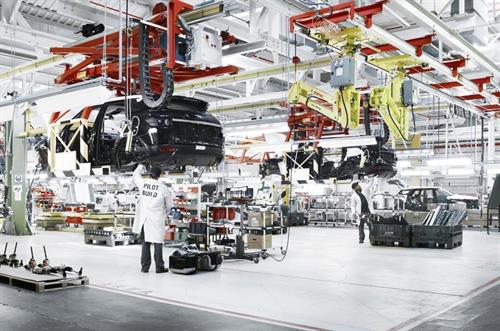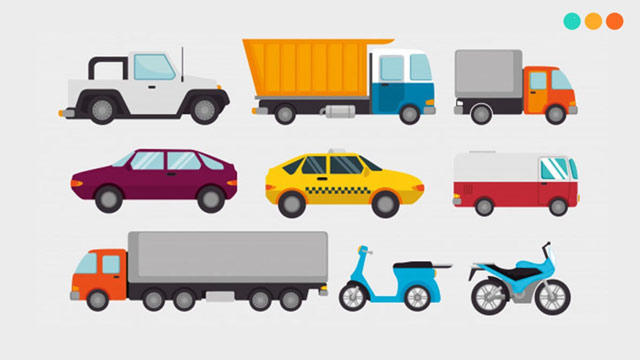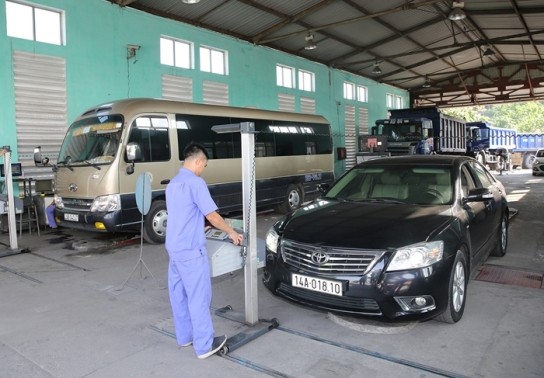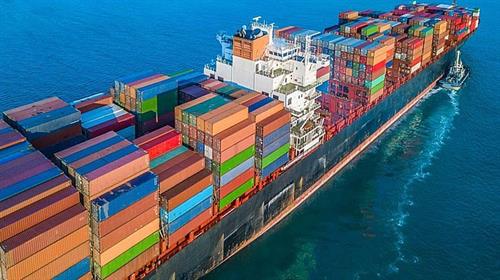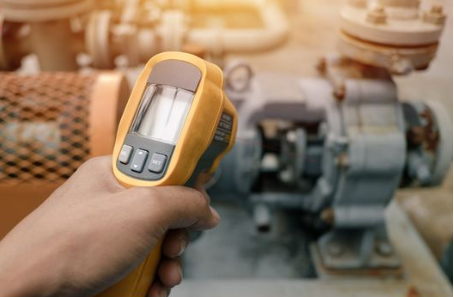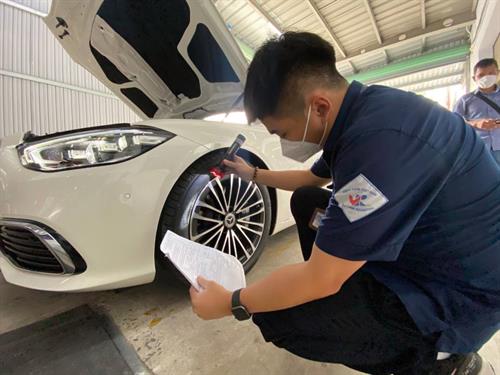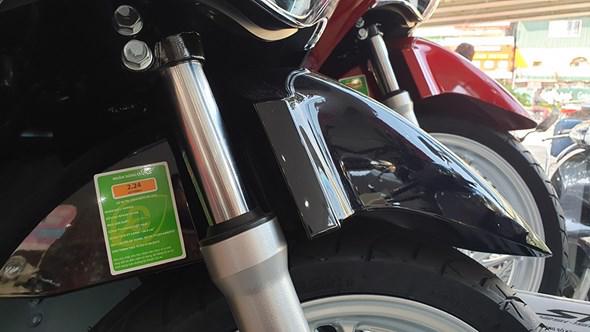About 99% of global shipping is still using fossil fuels. The sector is looking to reduce emissions through clean fuels.
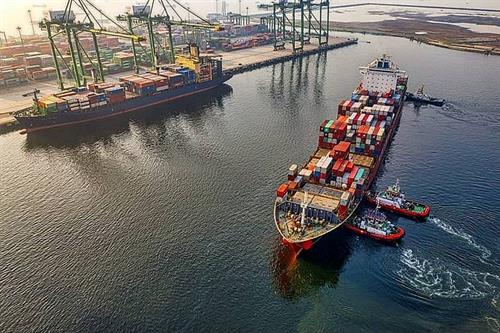
The international shipping industry has also taken similar steps in recent years. Cleaner fuel sources – including methanol, ammonia and wind – will see increased use. Danish shipping giant AP Moller-Maersk has committed $2.1 billion to develop methanol-powered ships by 2024 to reduce emissions by 4% and may purchase Blue World's methanol system for its orders. order in the future. Meanwhile, Chinese shipping giants COSCO Shipping and China Merchants Group are also looking into methanol as an alternative fuel source.
Since 2018, the United Nations International Maritime Organization has set a target of reducing global greenhouse gas emissions in the shipping sector by 50% by 2050 compared to the 2008 baseline. To achieve the target To this end, the organization introduced new regulations in 2020, limiting the maximum sulfur content in marine fuel to 0.5%, down from the previous limit of 3.5%.
However, according to the Agency Energy internationally, emissions from shipping continue to account for about 3% of the global total, and the industry's current trajectory may not be enough to reach the net-zero target by 2050, the agency noted in a tracking report. on the shipping industry that: Measures should establish a stable, long-term regulatory framework to push shipowners, operators, financiers and fuel suppliers towards investing in Rapidly develop and acquire the technologies needed to achieve net zero emissions.
Therefore, switching to cleaner fuels – rather than focusing on reducing emissions from current fossil fuel systems – is considered urgent, suggesting greater importance for with innovations like Green World Technology. This is especially true for ships with a gross tonnage of 5,000 or more, which account for 85% of net greenhouse gas emissions in the industry. Using new fuels and other decarbonization technologies such as carbon capture and sequestration can also provide synergies. For example, the resulting carbon can be used to make renewable methanol.
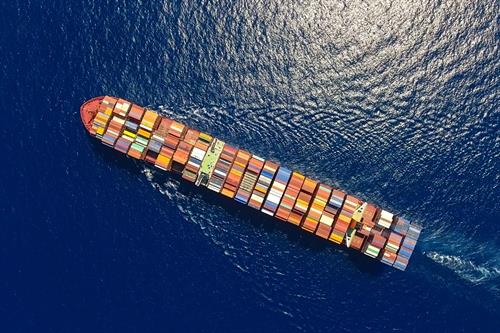
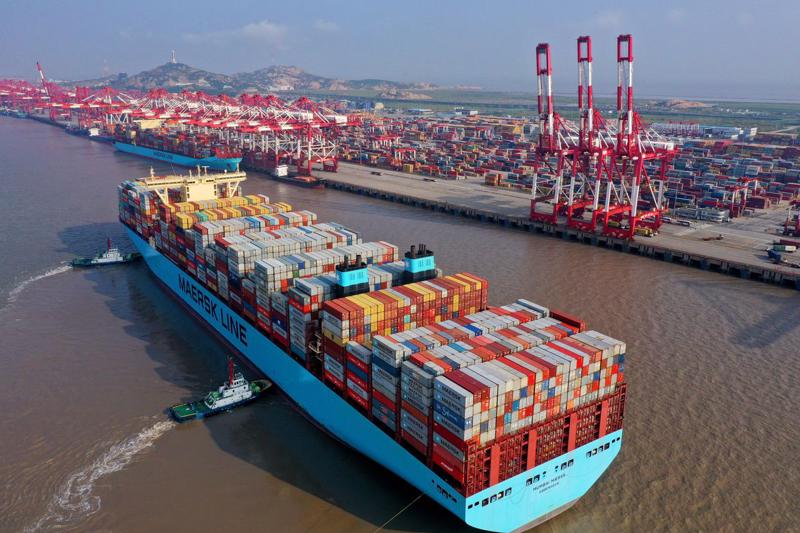
Alternative marine fuel
Like methanol, ammonia produced from hydrogen or clean energy sources using electrolyzers holds great promise as an alternative fuel that can help ships reduce emissions. In addition to ammonia's high energy density, many countries already have transportation and storage infrastructure in place, which can facilitate rapid adoption. Ammonia is still in the early stages of technological development for use on ships, but the pace of investment is gathering.
In August, the US Maritime Administration approved the first phase of ammonia-powered ships and infrastructure, including a design by global shipbuilding giant Samsung Heavy Industries.
Earlier this year, Amogy Company headquartered in America has raised $50 million to use ammonia in fuel cells, which could produce even more significant emissions reductions. Clean hydrogen, commonly used to produce ammonia and methanol, also has potential, even if current technology only allows its use on smaller vessels such as ferries and passenger boats. Storage constraints for tunneling and the need to completely refit existing vessels make hydrogen an unlikely source of bulk fuel in the near to medium term.
However, if hydrogen trade expands globally, with regions such as Latin America aiming to become large-scale hydrogen exporters, it could play an important role in achieving the zero target. net by 2050. Just as coal became dominant in transportation in the 19th century and oil in the 20th century thanks to abundant supplies, a dramatic increase in the availability of hydrogen or its by-products its properties – like ammonia or methanol – will likely be necessary to position it as a viable green fuel for the global shipping industry.
For example, abundant supplies of liquefied natural gas (LNG) have helped gas make significant inroads into shipping as an auxiliary fuel to traditional bunker fuel because ships can easily refuel at facilities around the world. Although based on fossil fuels, LNG is classified by the EU as a transition fuel and LNG-burning ships reportedly emit 99% less diesel particulate matter and sulfur oxides than conventionally fueled ships , as well as an estimated 25% reduction in carbon dioxide.
In September, the Port of Long Beach in California refueled a container ship with LNG for the first time in the port's history. Finally, in a move back to the pre-fossil fuel era, some shipping companies are considering harnessing wind energy. Large sails placed on cargo ships can increase thrust to 5-20% when used in conjunction with other fuel sources. About two dozen ships will be using some form of wind power by the end of 2022. For example, US agricultural giant Cargill, which has a charter fleet of about 600 ships, is incorporating a design that includes blades 37.5m sail on a ship owned by Mitsubishi, with plans to test the ship in 2023.
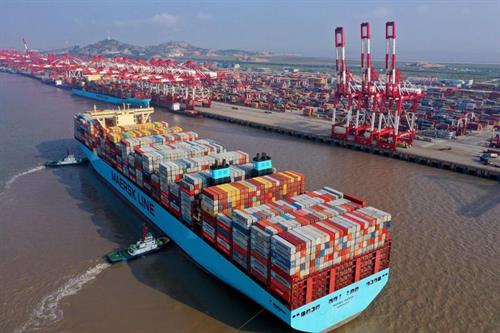
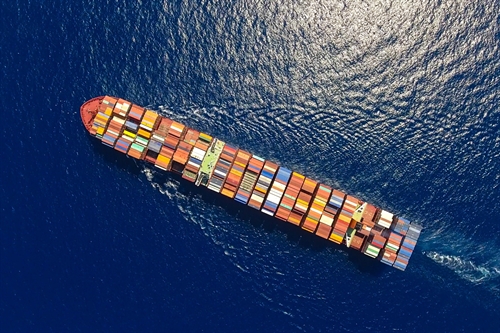
Emerging markets are green fuel hubs
Emerging markets have an important role to play in driving the clean fuel transition in the shipping sector. Holding the G20 presidency this year and planning to hold the ASEAN presidency next year, Indonesia is well-positioned to shape the transition to greener fuels in global shipping, among other sectors. Singapore has traditionally been a leader in shipping fossil fuels, but Indonesia has more than 17,000 islands on which green fuel hubs for ammonia and hydrogen could be strategically built.
According to a report published in August by the Partnership Alliance, it is estimated that the development of scalable zero-emission fuel infrastructure in the country could generate a total investment of between 3 .2 billion to $4.5 billion by 2030. With the availability of clean domestically produced sources of hydrogen and ammonia key to realizing such visions, Indonesia has the incentives to climate and economics to leverage its position to accelerate the energy transition.
Similarly, South Africa is also looking to build a green fuel corridor along its coast and has proposed port projects in Boegoebaai, Saldanha Bay and Durban – Richards Bay to export green hydrogen, which would turn these ports into green fuel bunkers. Elsewhere, Baja California and Manzanillo on Mexico's Pacific coast are also being discussed, as the country could turn its abundant solar and wind power into green fuel hubs for the global shipping industry.

